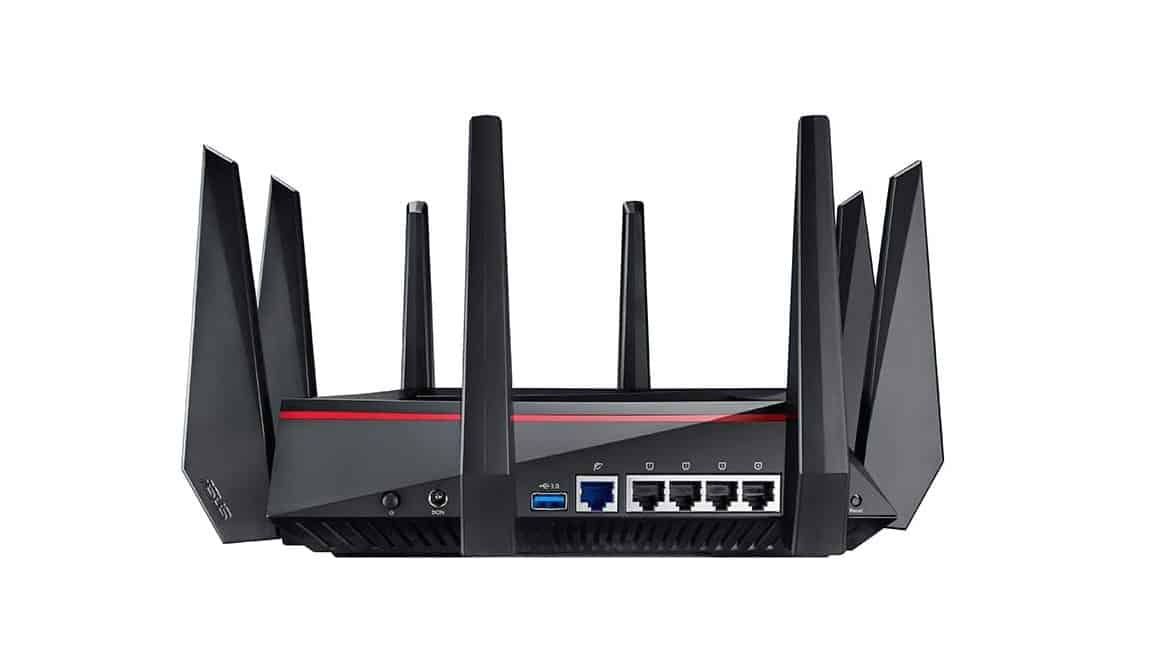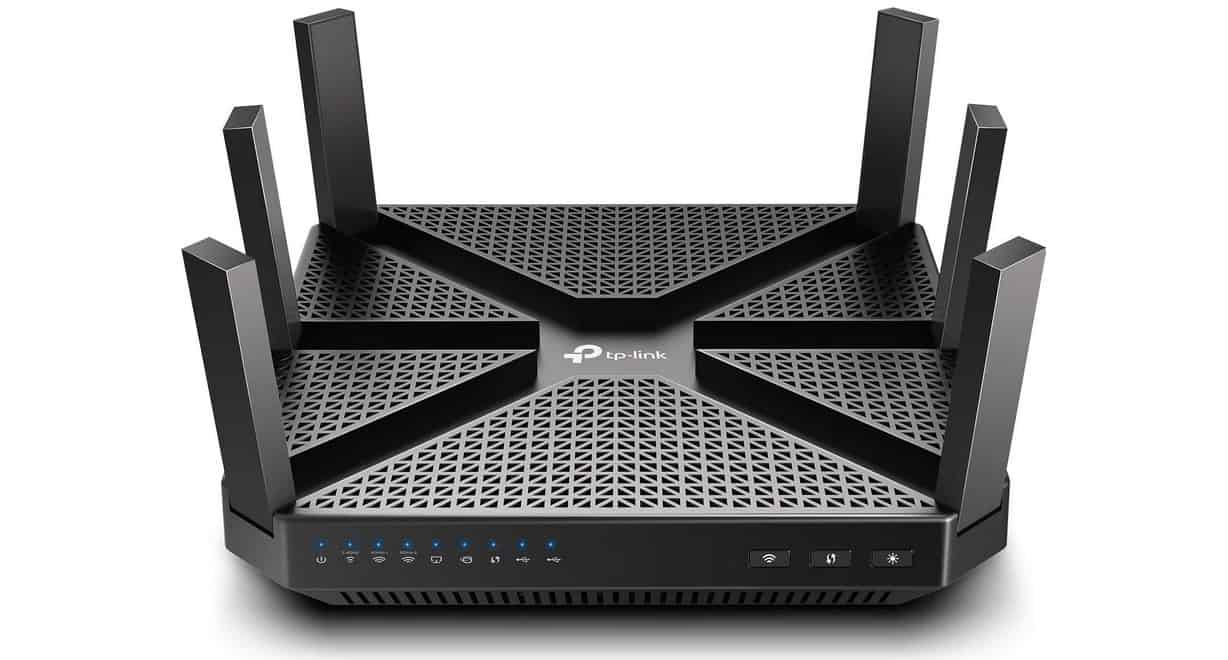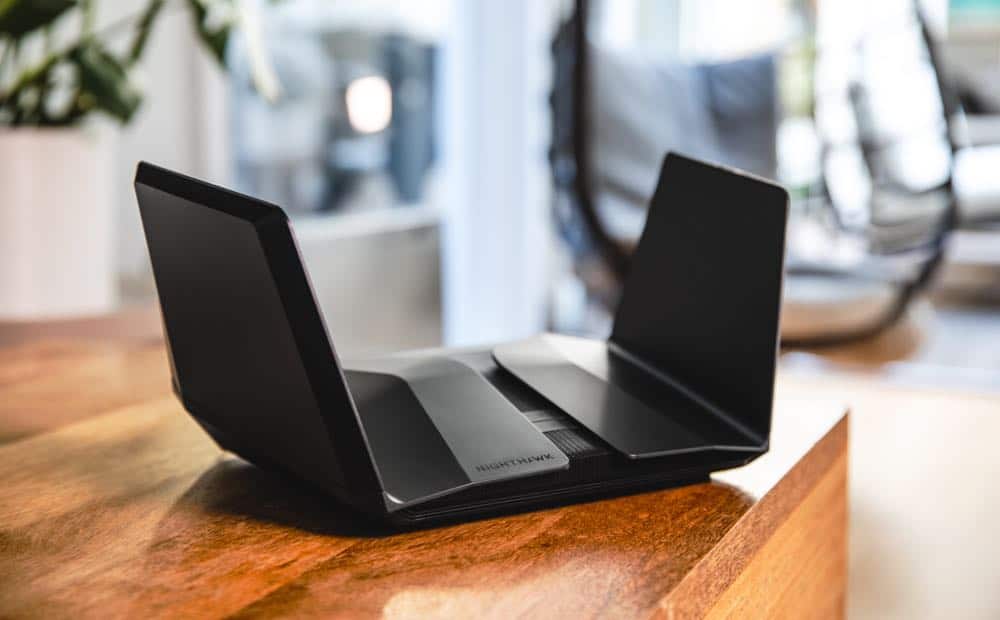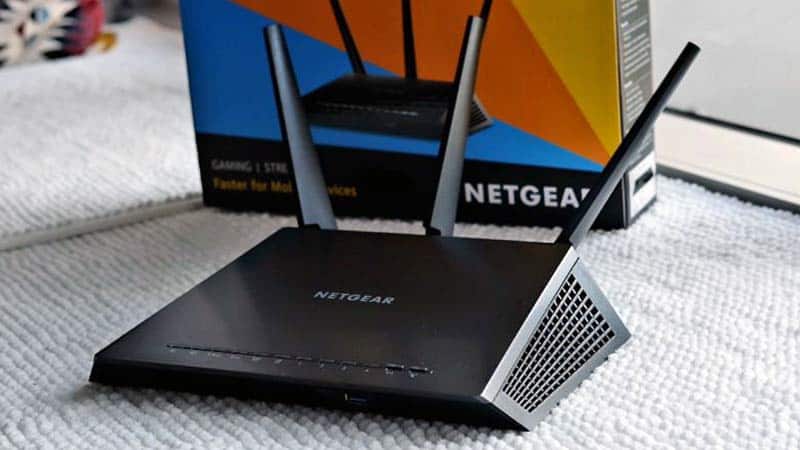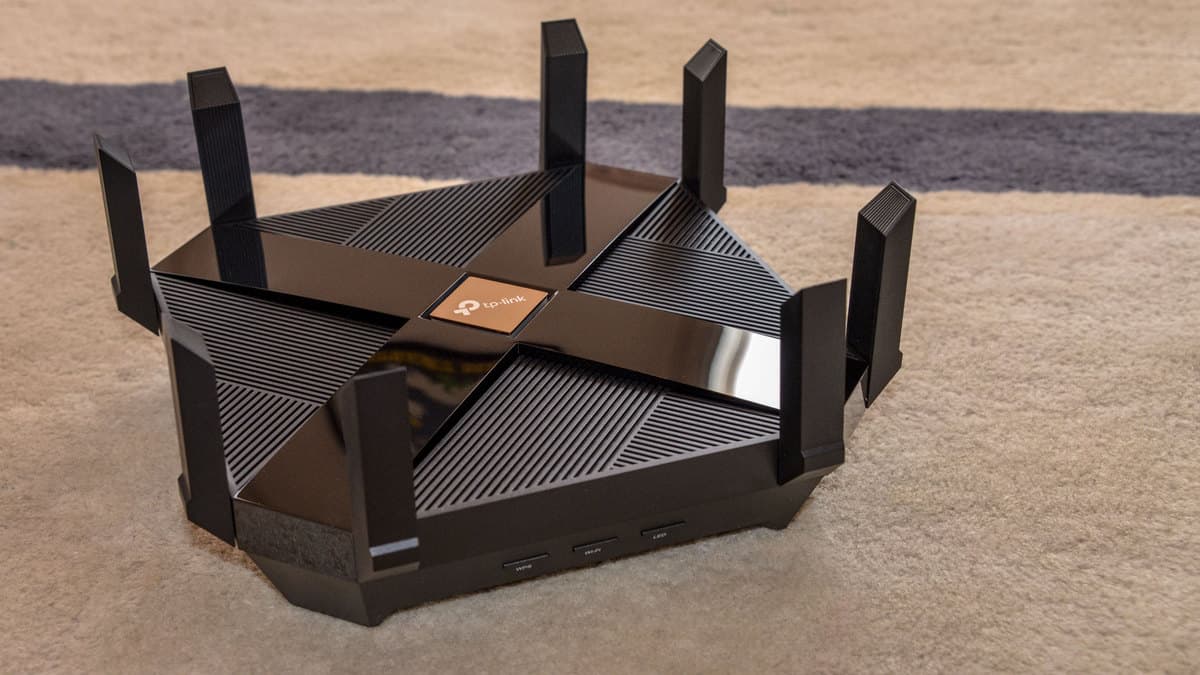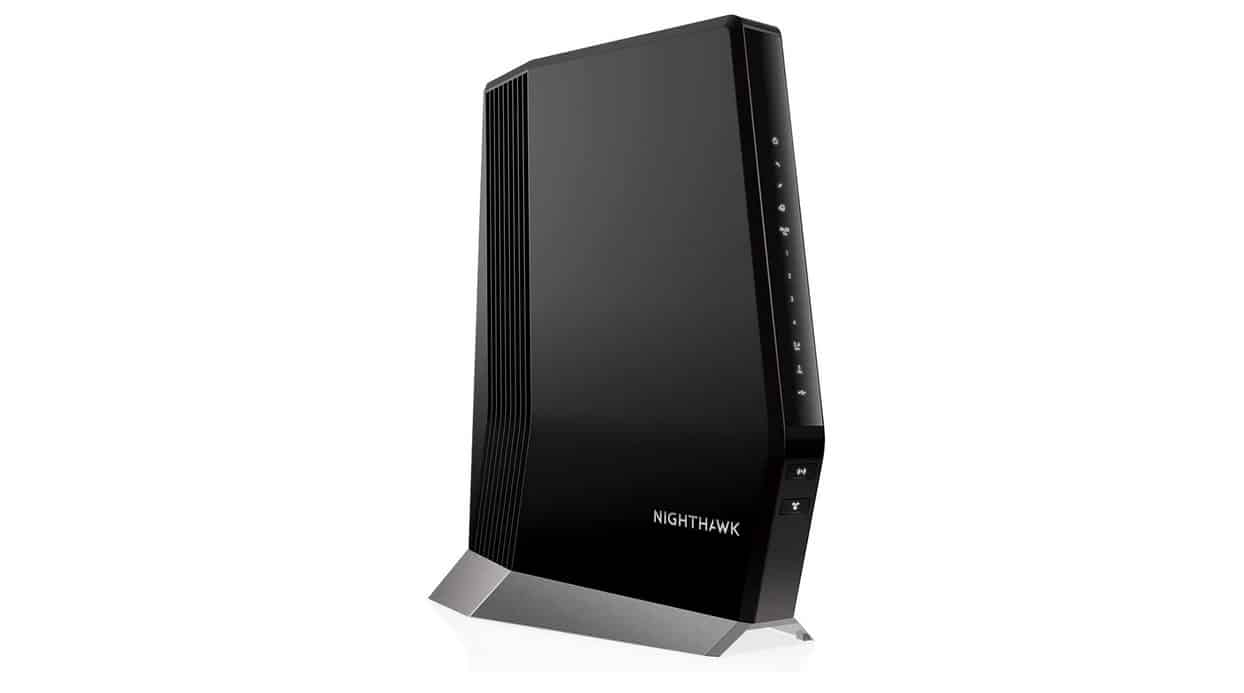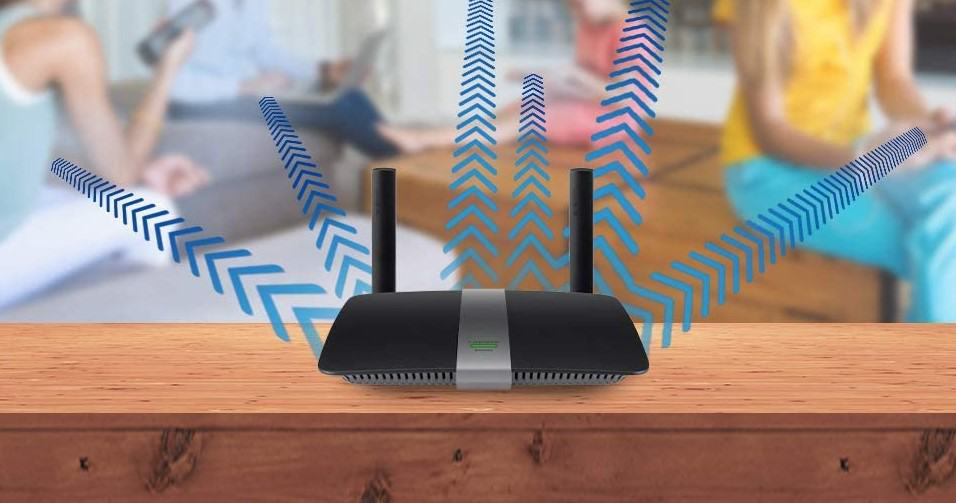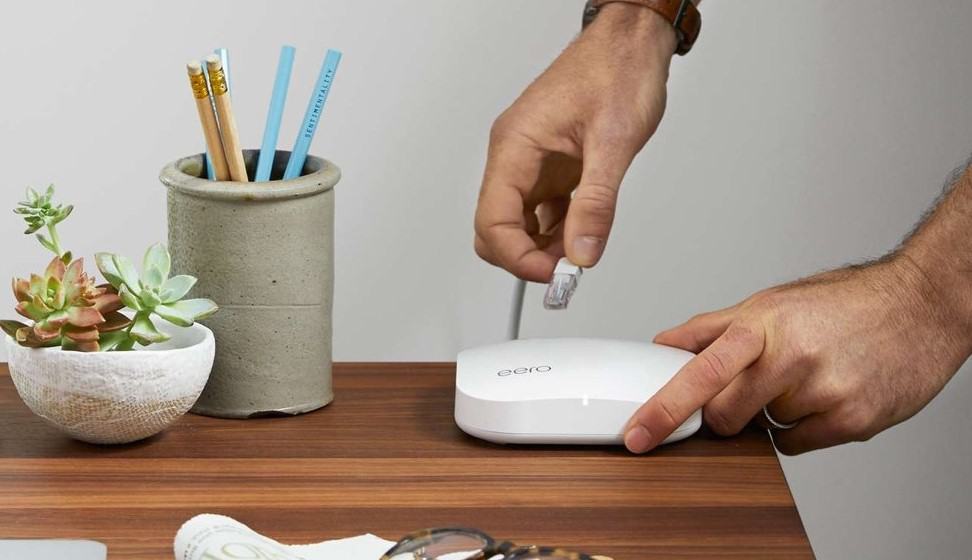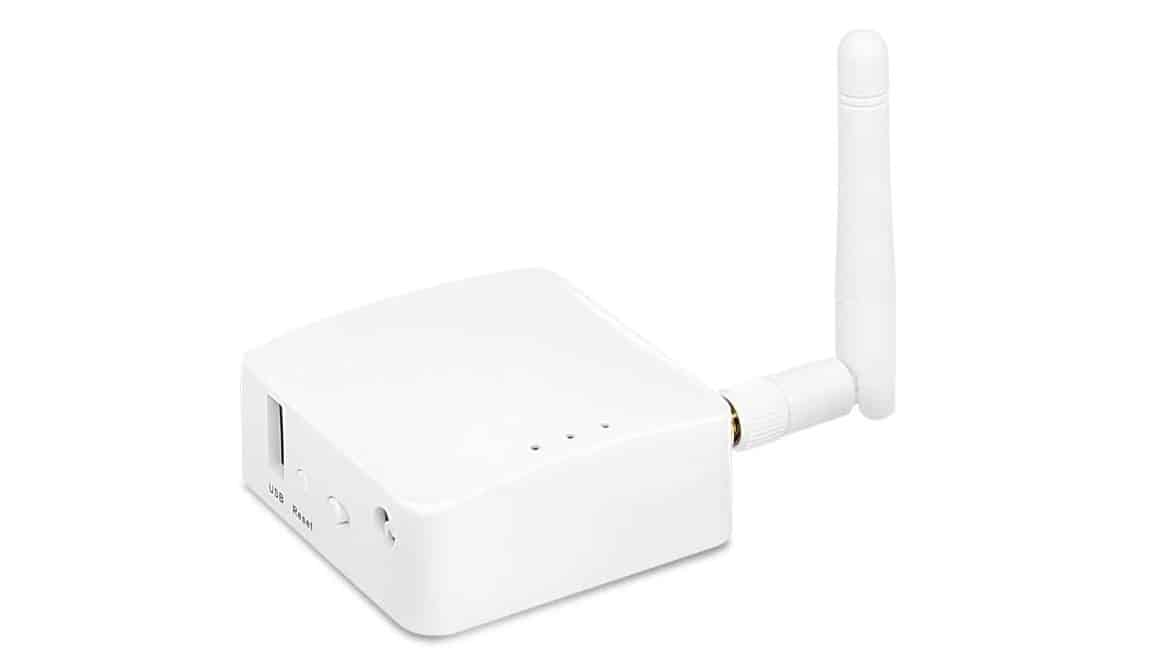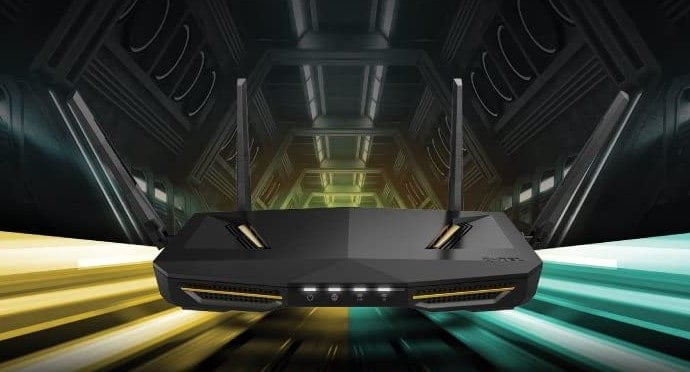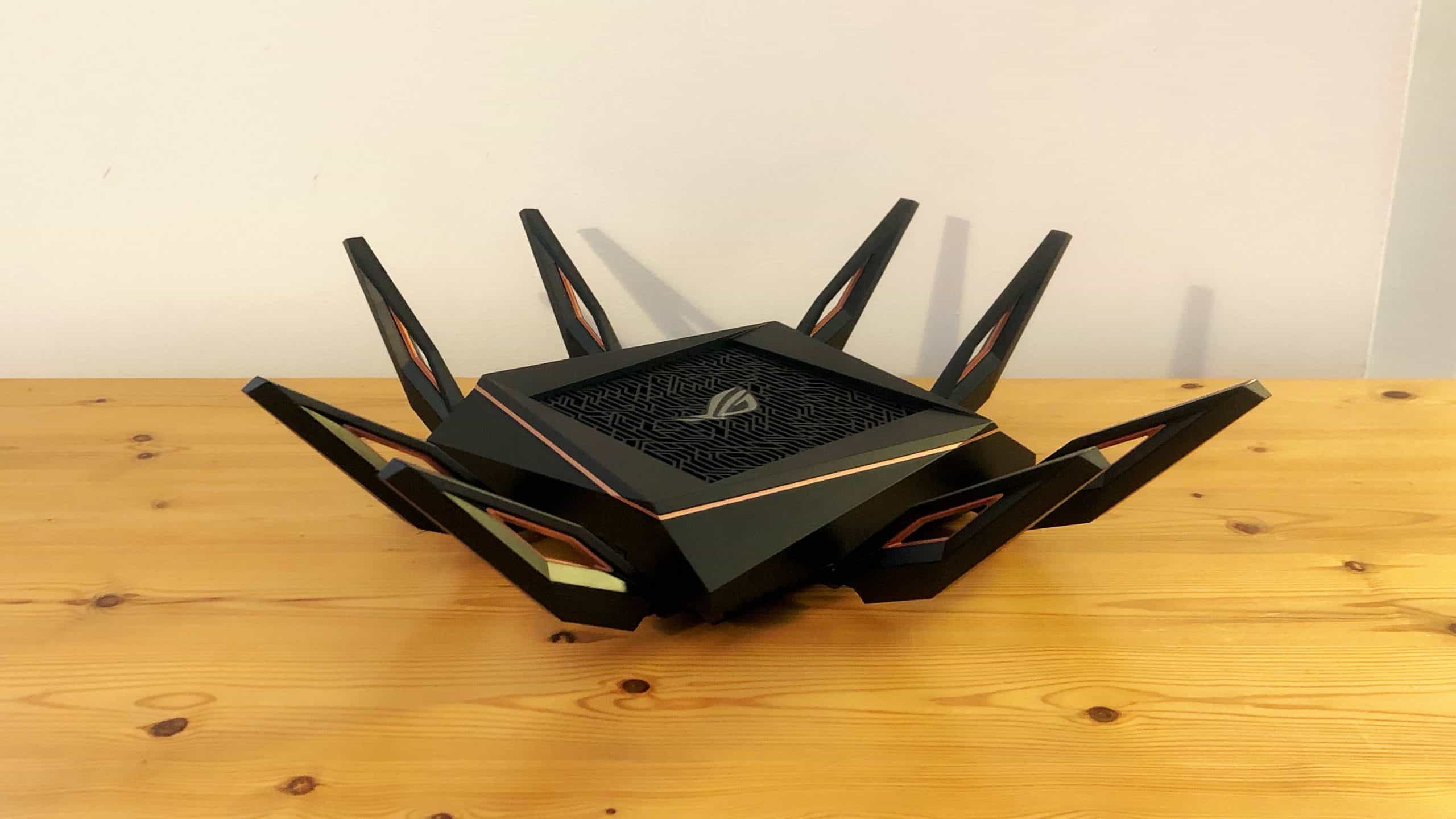If you are experimenting with new wireless network configurations, you may be looking to compare a client router vs a client bridge. The very best routers, after all, offer the ability to act as a network bridge, but is this functionality useful? Keep reading to learn about the differences between client routers and client bridges.
KEY TAKEAWAYS:
- Modern routers tend to include a client bridge mode, which is used mainly for intra-network communication.
- A client mode is used to access a wide area network, WAN, which is essentially just Internet access.
- Network bridge features are highly useful in busy commercial environments and may not be needed by regular consumers.
Differences Between Client Routers and Client Bridges
Just as when comparing a network bridge vs a router, a client router and client bridge are two features that allow wireless networks to control what type of traffic is passed through to the end-user. Modern routers typically feature both of these modes, though you’ll have to do some deep-diving into the settings and firmware software to take a peek under the hood. In other words, if you are still comparing DD-WRT vs pfSense, the nuts and bolts of these processes may be above your pay grade.
Insider Tip
Read the fine print before purchasing any router, to suss out what modes are available.
LAN and WAN
Routers typically feature the ability to create a wide area network (WAN) connection and a local area network (LAN) connection. The former is your standard Internet connection and the latter is best suited for intra-network devices. A client bridge mode specializes in LAN connections, making this feature ideal for intra-network communication. Wireless network clients, on the other hand, typically traffic in WAN connections (regular Internet). If you are using a router in its standard mode, it is likely you are dealing with a client router and not a client bridge.
Commercial and Office Use
A client bridge is a feature typically include in professional-grade routers for use in office environments with plenty of intra-office network connections. For your average consumer, a standard wireless router in a standard client router mode will offer just about any feature you need. Many high-end commercial routers also include a client bridge mode, but the process of accessing this mode will vary depending on the firmware and the router itself.
Price
If you want to ensure your router has all of the modes you are looking for, it is likely you will pay a premium. Not all budget-friendly routers include the capacity to act as a network bridge for intra-network communication. Read the fine print before making a purchase.
F.A.Q.S
How does the client wireless bridge differ from repeater mode?
A client bridge links actual computers, whereas a repeater mode is used to strengthen a wireless connection.
What is a wireless client bridge?
A wired client bridge uses a wireless network, not a wired connection, to allow different intra-network devices to communicate. Your primary router may feature this mode, in addition to its standard wireless mode and wired network mode.
Bridge client WDS, which mode do I need?
Which client mode you need depends on personal preference. If your primary router is used mostly for regular Internet use, you may not need to use a bridge client mode. If, however, this primary router is used for intra-network communication between both wireless and wired devices, you may opt for the bridge client mode.
STAT: A network bridge is a computer networking device that creates a single, aggregate network from multiple communication networks or network segments. This function is called network bridging. (source)
REFERENCES:
- https://www.geeksforgeeks.org/difference-between-bridge-and-router/
- https://en.wikipedia.org/wiki/Bridging_(networking)
- https://openvpn.net/faq/what-are-the-fundamental-differences-between-bridging-and-routing-in-terms-of-configuration/r
- https://kb.netgear.com/000028987/When-to-put-modem-into-bridge-mode
- https://kb.netgear.com/24105/What-is-bridge-mode-and-how-do-I-set-it-up-on-my-Nighthawk-router
















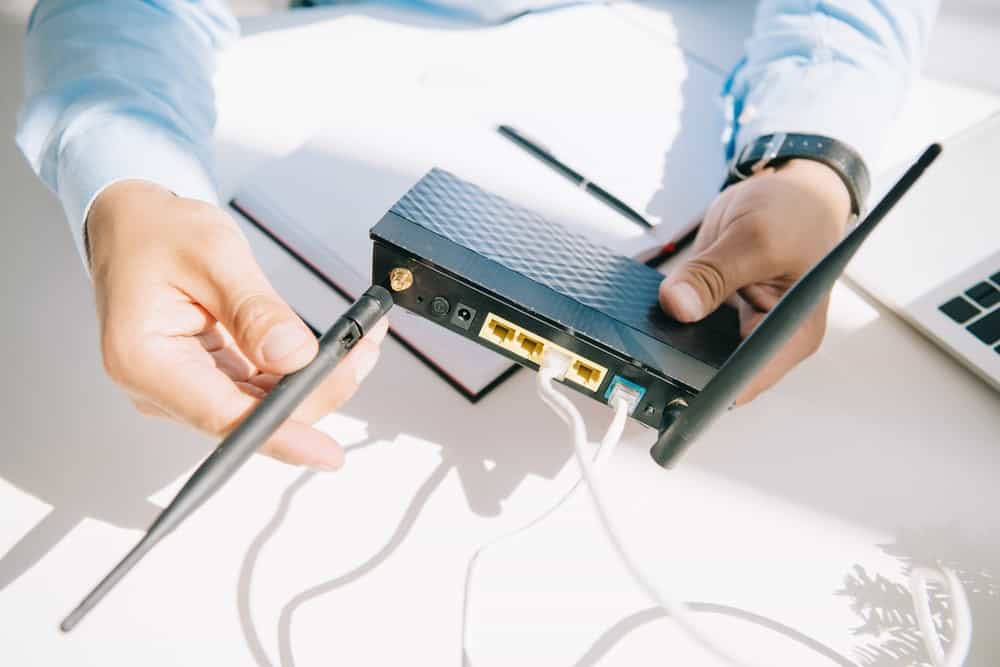
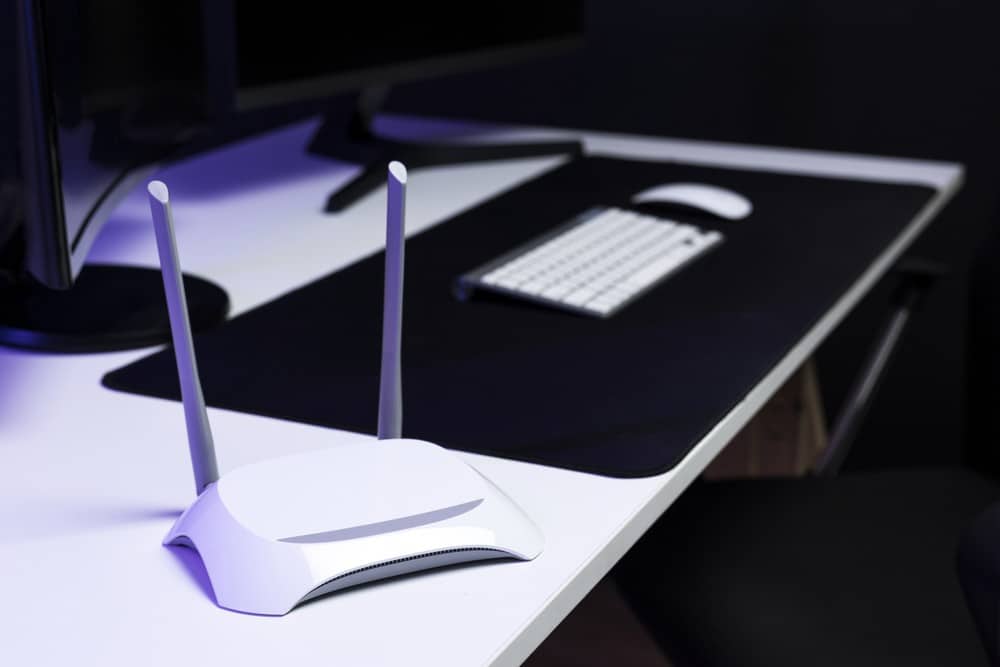
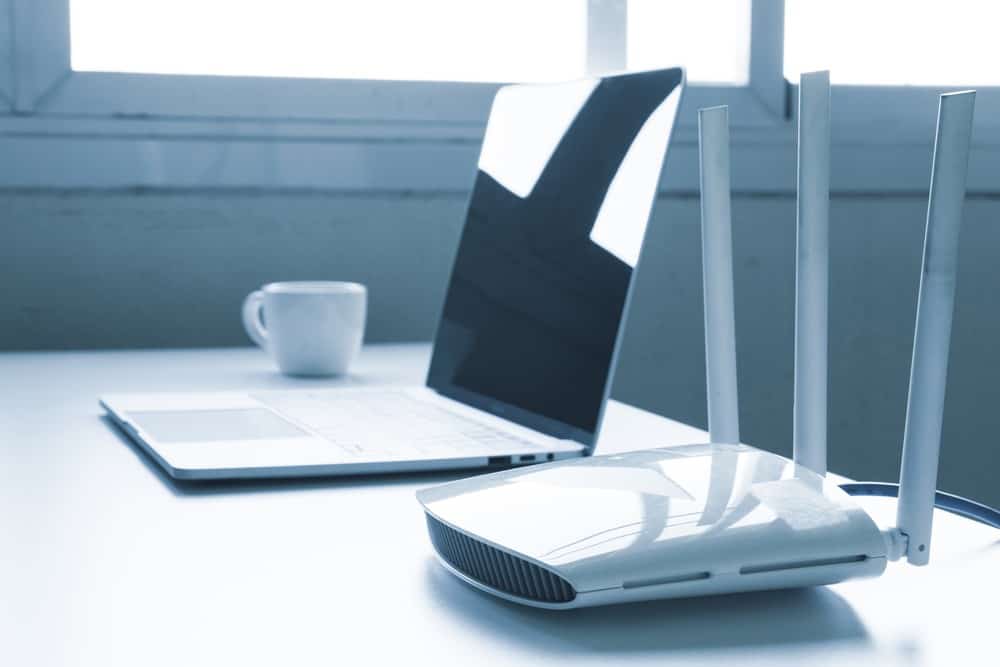

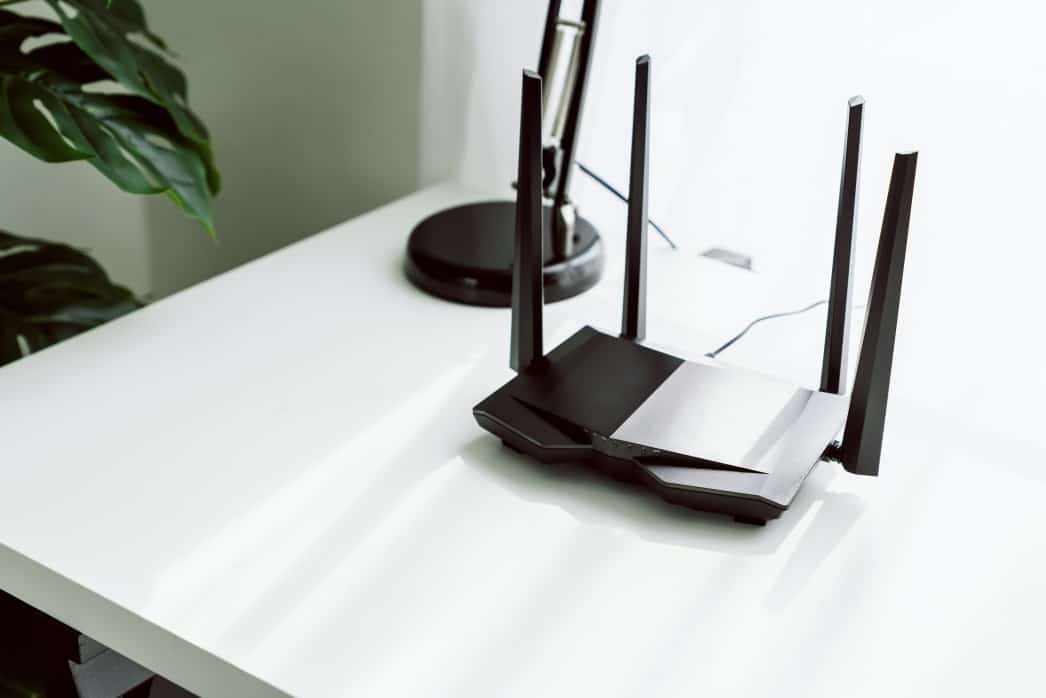
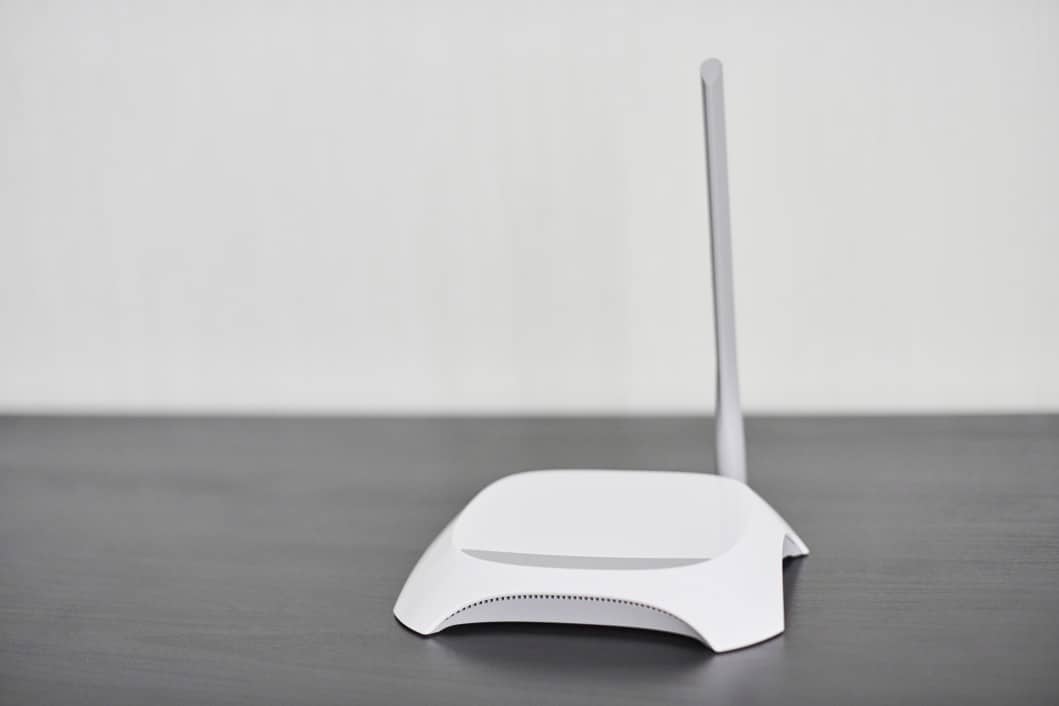
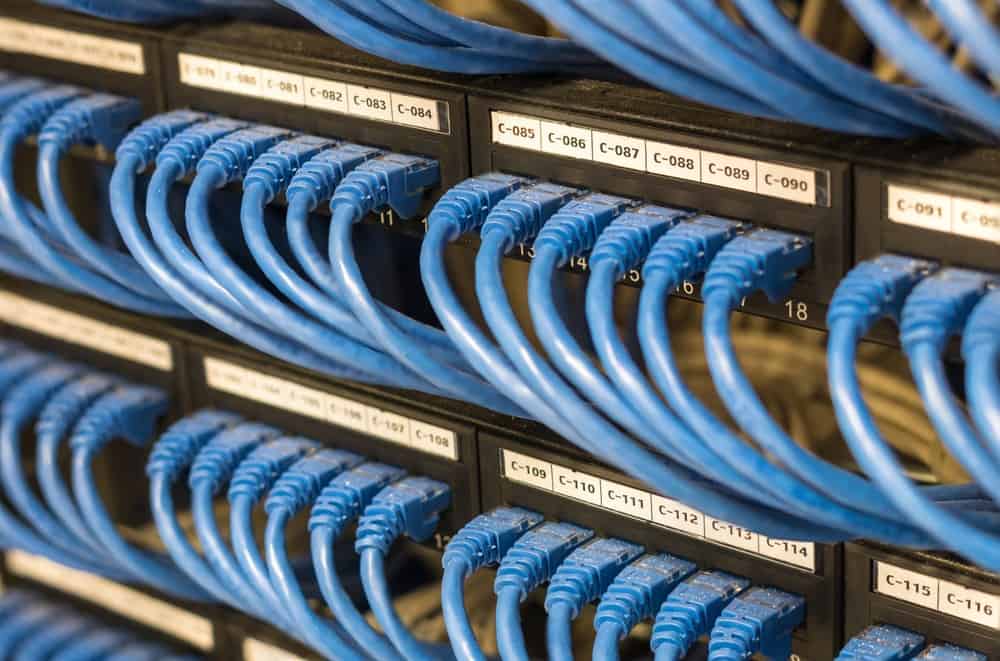
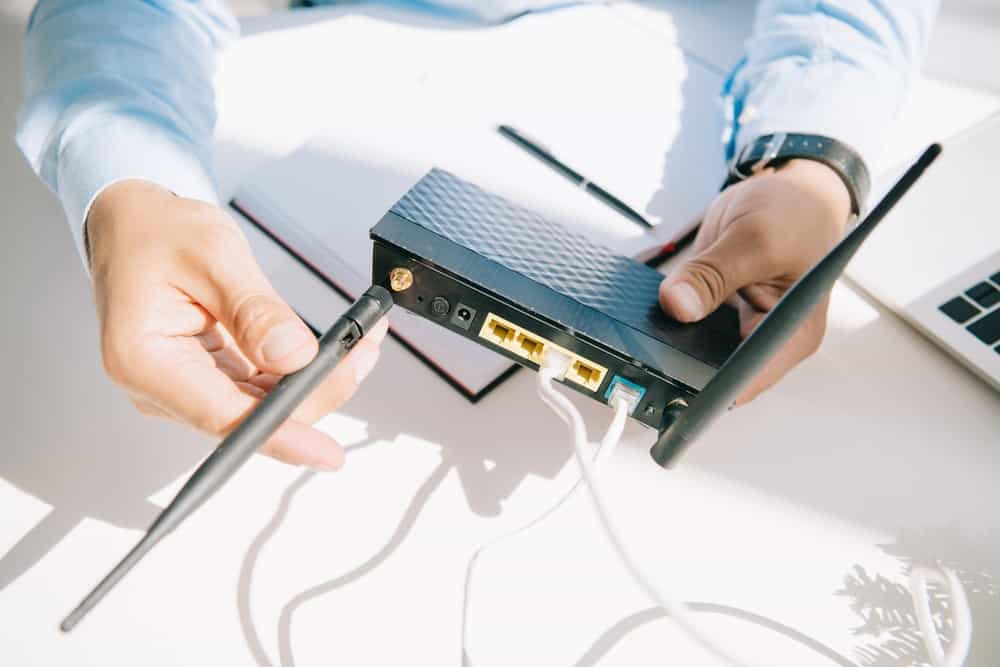

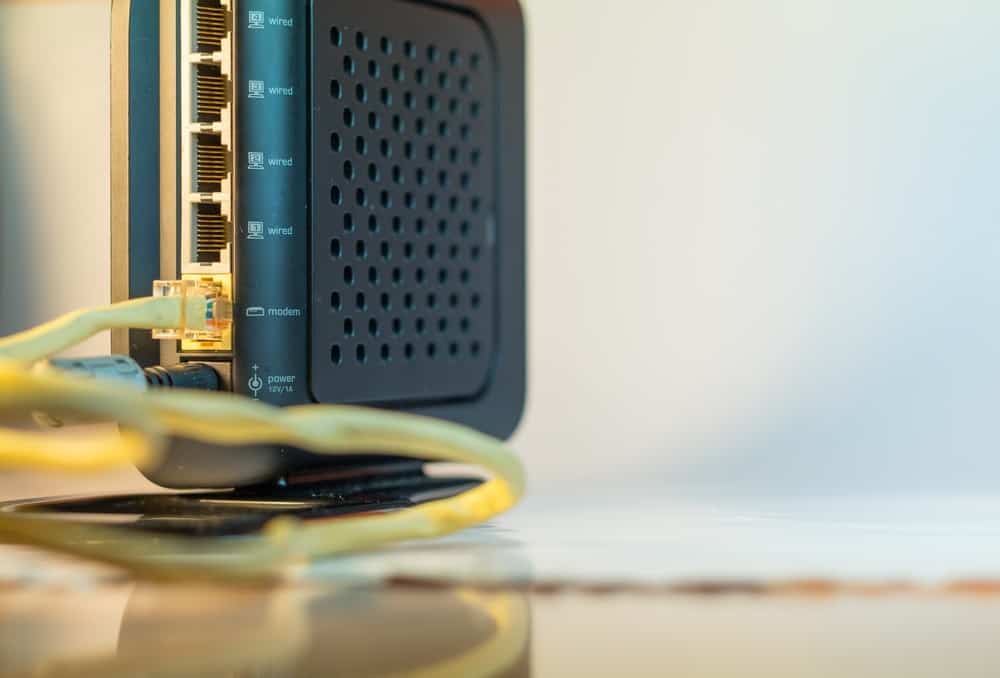

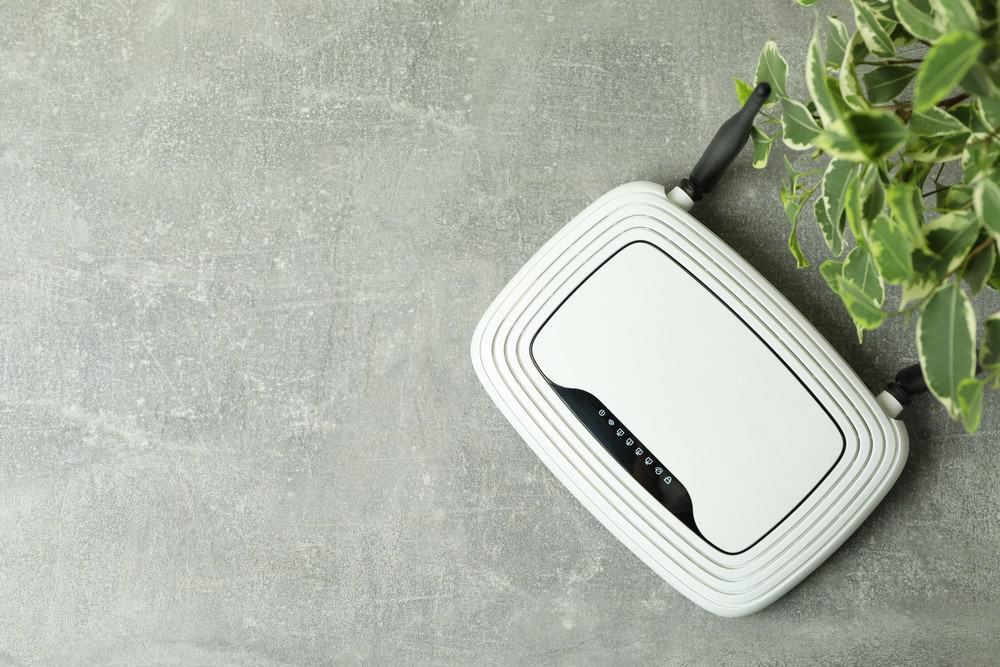
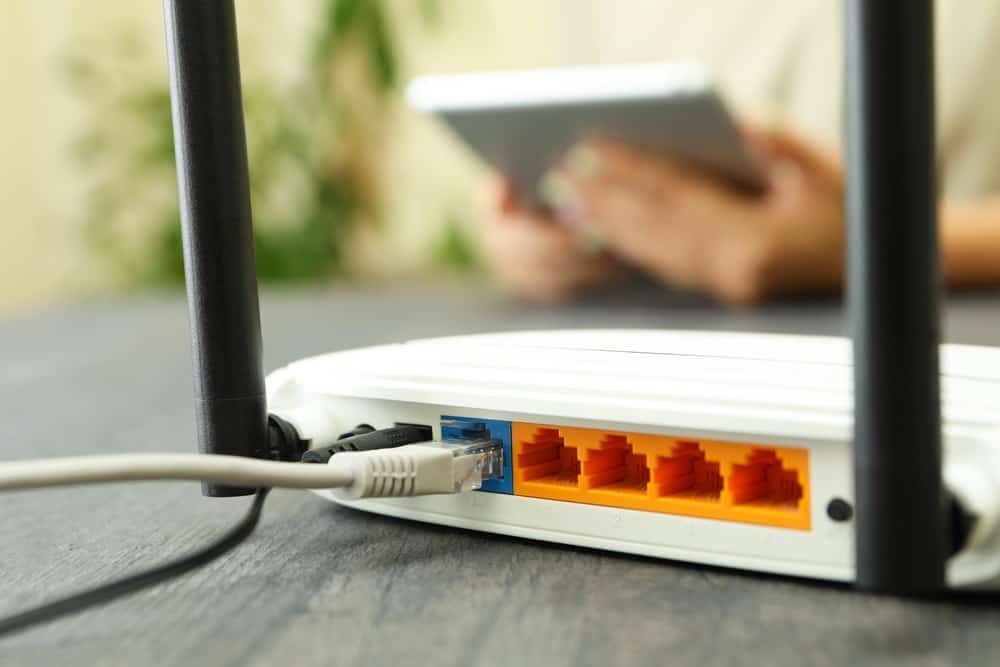
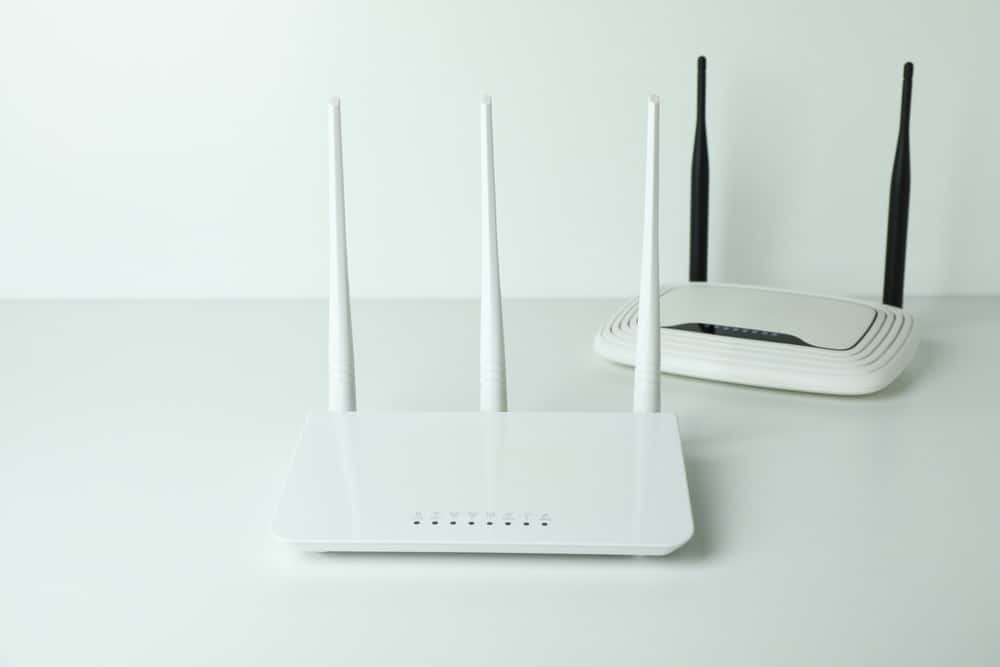
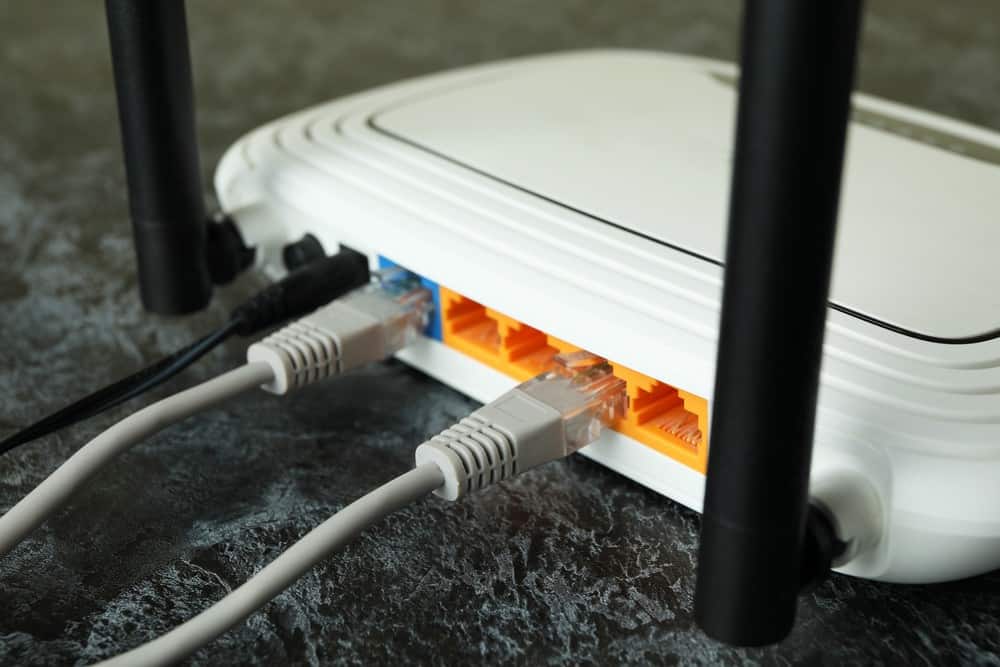
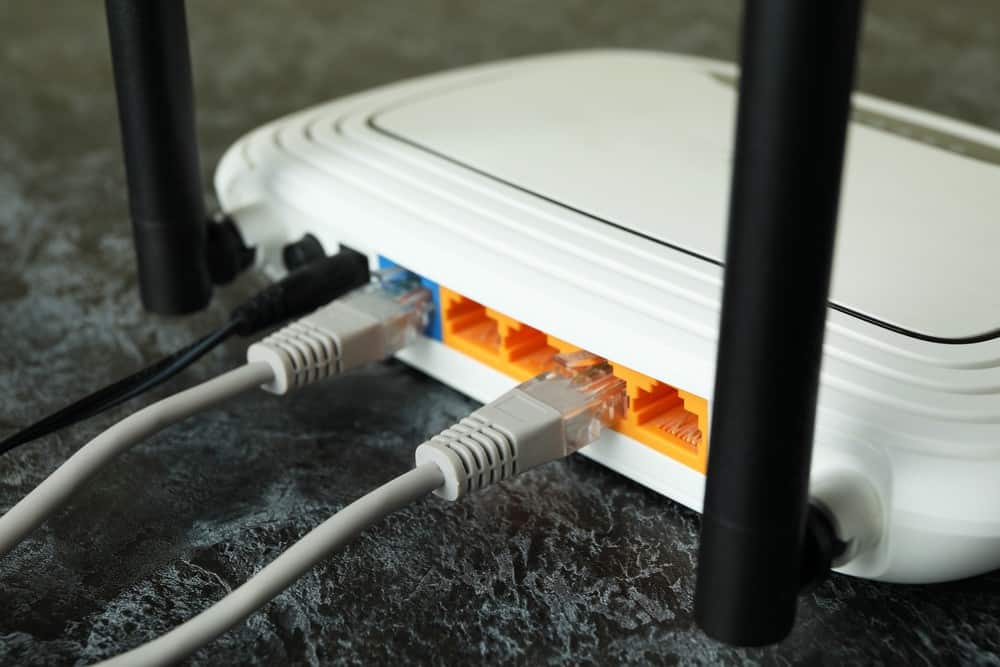
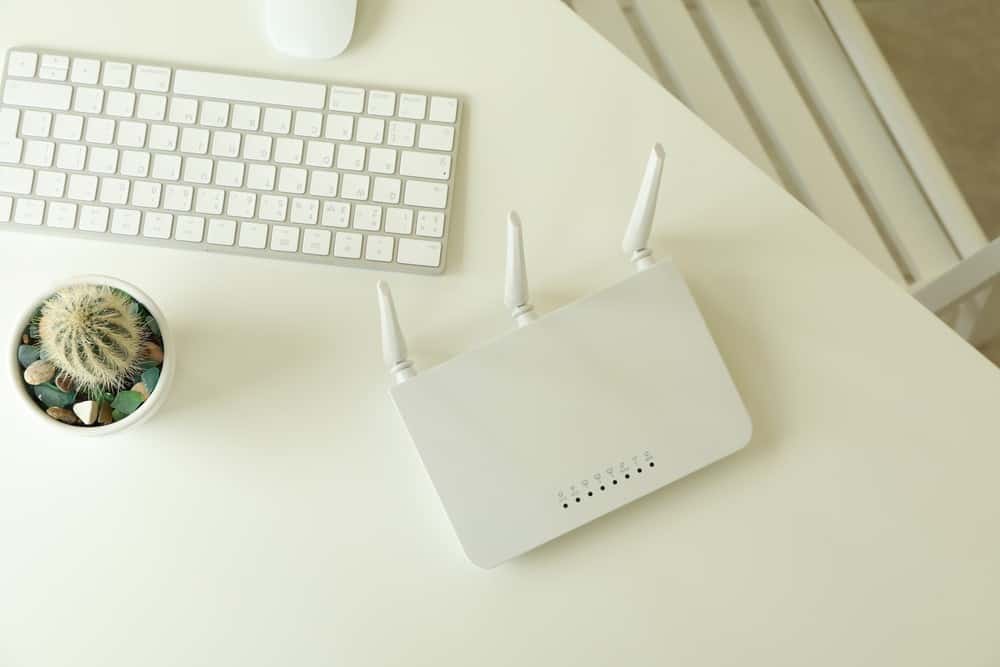
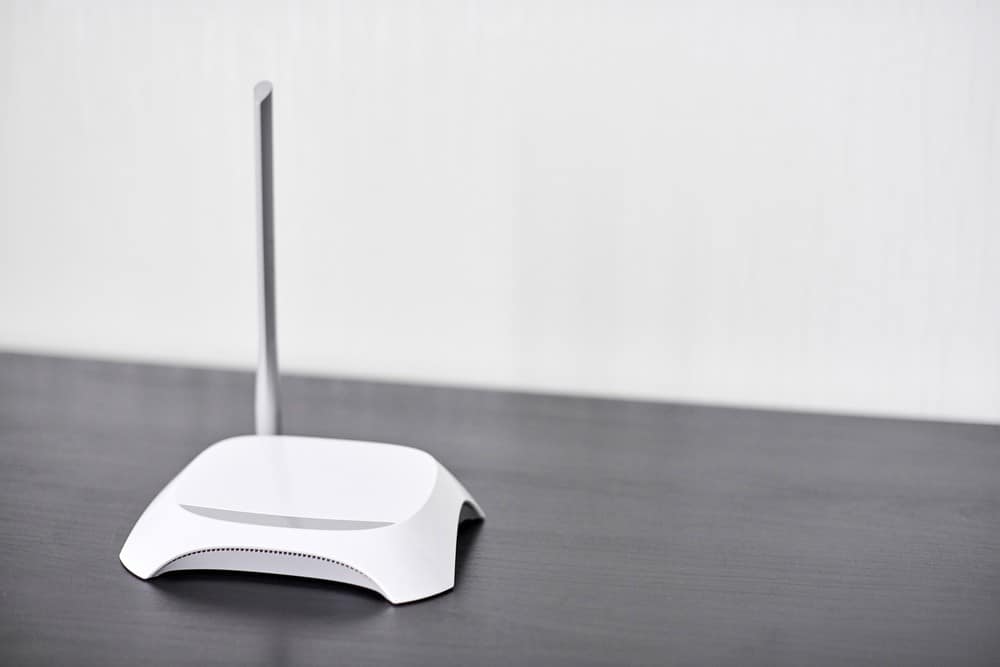
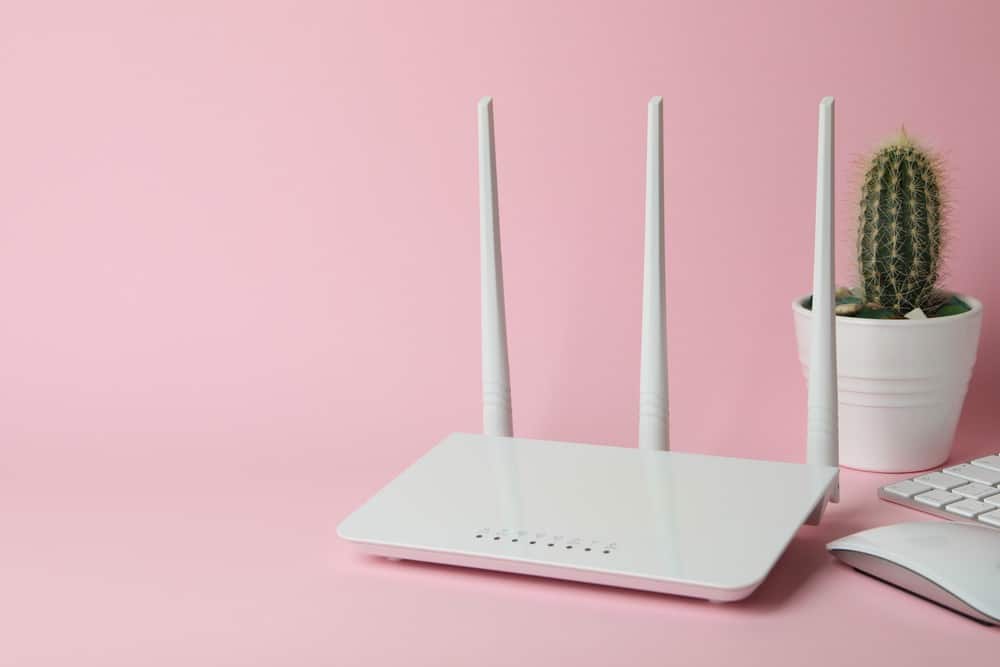
![Best BenQ Monitors in [year] 27 Best BenQ Monitors in 2026](https://www.gadgetreview.dev/wp-content/uploads/best-benq-monitor-image.jpg)
![Best Wifi Extenders For FiOS in [year] 28 Best Wifi Extenders For FiOS in 2026](https://www.gadgetreview.dev/wp-content/uploads/best-wifi-extender-for-fios-image.jpg)
![Best Fiber Optic Routers in [year] 29 Best Fiber Optic Routers in 2026](https://www.gadgetreview.dev/wp-content/uploads/best-fiber-optic-router-image.jpg)
![Best VoIP Routers in [year] 30 Best VoIP Routers in 2026](https://www.gadgetreview.dev/wp-content/uploads/best-voip-router-image.jpg)
![Best Routers for 200Mbps in [year] 31 Best Routers for 200Mbps in 2026](https://www.gadgetreview.dev/wp-content/uploads/best-router-for-200mbps-image.jpg)
![Best Routers for Optimum in [year] 32 Best Routers for Optimum in 2026](https://www.gadgetreview.dev/wp-content/uploads/best-router-for-optimum-image.jpg)
![Best Routers for Apple in [year] 33 Best Routers for Apple in 2026](https://www.gadgetreview.dev/wp-content/uploads/best-router-for-apple-image.jpg)
![Best Routers for Frontier FIOS in [year] 34 Best Routers for Frontier FIOS in 2026](https://www.gadgetreview.dev/wp-content/uploads/best-router-for-frontier-fios-image.jpg)
![Best Secure Routers in [year] 35 Best Secure Routers in 2026](https://www.gadgetreview.dev/wp-content/uploads/best-secure-router-image.jpg)
![Best Routers for Google Fiber in [year] 36 Best Routers for Google Fiber in 2026](https://www.gadgetreview.dev/wp-content/uploads/best-router-for-google-fiber-image.jpg)
![Best Routers for Cox in [year] 37 Best Routers for Cox in 2026](https://www.gadgetreview.dev/wp-content/uploads/best-router-for-cox-image.jpg)
![Best Asus Routers in [year] 38 Best Asus Routers in 2026](https://www.gadgetreview.dev/wp-content/uploads/best-asus-routers-image.jpg)
![Best Linksys Routers in [year] 39 Best Linksys Routers in 2026](https://www.gadgetreview.dev/wp-content/uploads/best-linksys-routers-image.jpg)
![Best Routers for CenturyLink in [year] 40 Best Routers for CenturyLink in 2026](https://www.gadgetreview.dev/wp-content/uploads/best-router-for-centurylink-image.jpg)
![Best WiFi Routers for Multiple Devices in [year] 41 Best WiFi Routers for Multiple Devices in 2026](https://www.gadgetreview.dev/wp-content/uploads/best-wifi-router-for-multiple-devices-image.jpg)
![Best Wired Routers in [year] 42 Best Wired Routers in 2026](https://www.gadgetreview.dev/wp-content/uploads/best-wired-router-image.jpg)
![Best Routers for 4K Streaming in [year] 43 Best Routers for 4K Streaming in 2026](https://www.gadgetreview.dev/wp-content/uploads/best-router-for-4k-streaming-image.jpg)
![Best Cisco Routers in [year] 44 Best Cisco Routers in 2026](https://www.gadgetreview.dev/wp-content/uploads/best-cisco-routers-image.jpg)
![Best eero Routers in [year] 45 Best eero Routers in 2026](https://www.gadgetreview.dev/wp-content/uploads/best-eero-routers-image.jpg)






